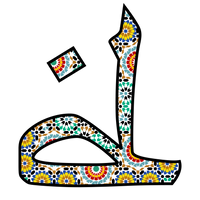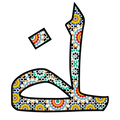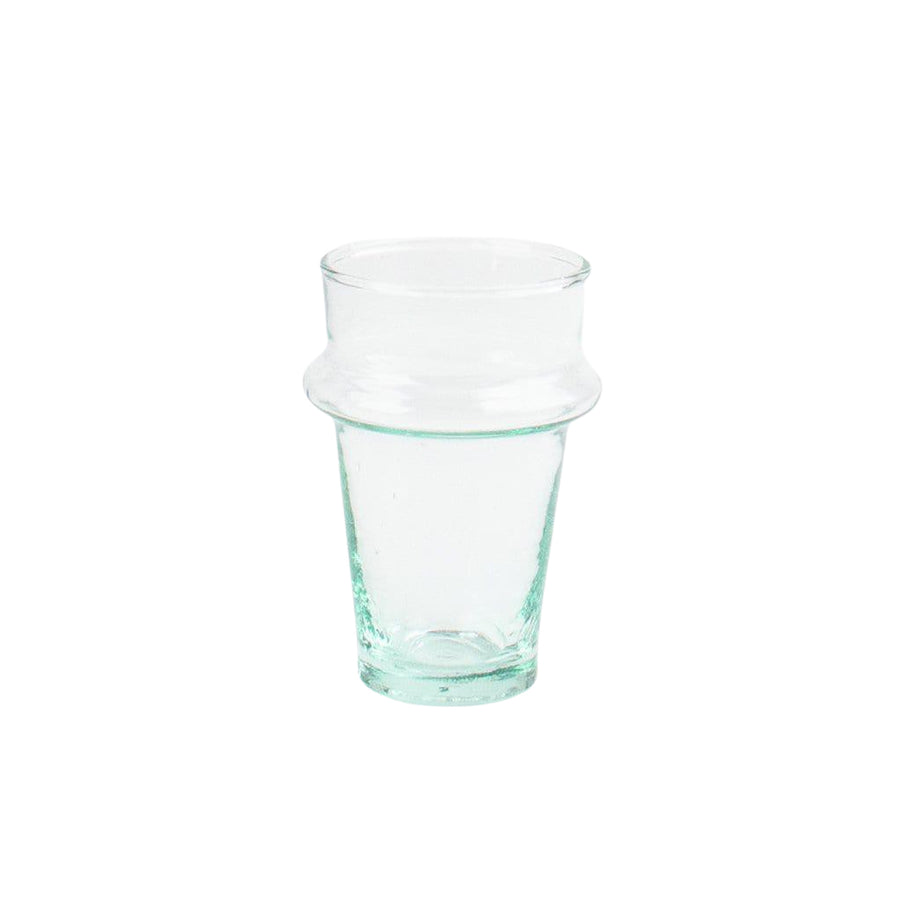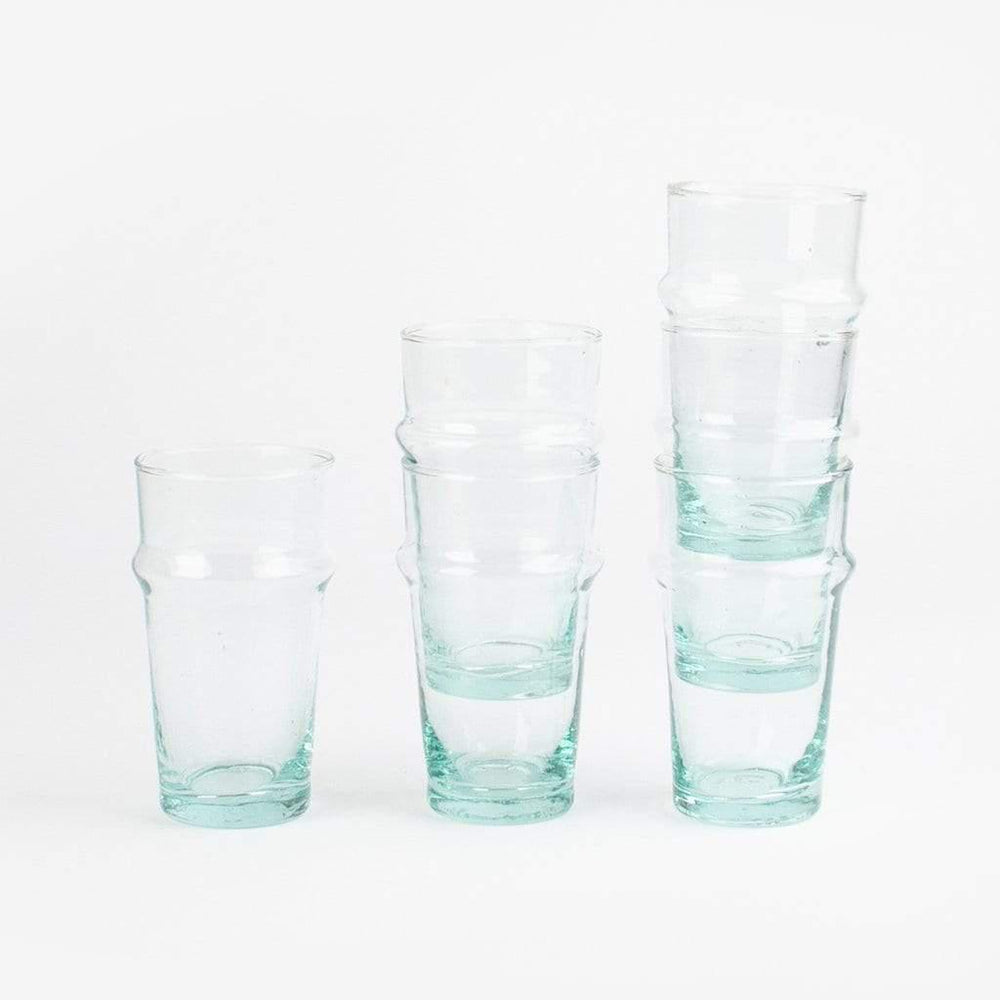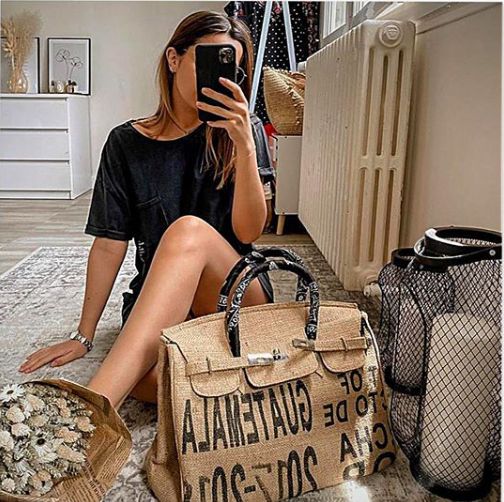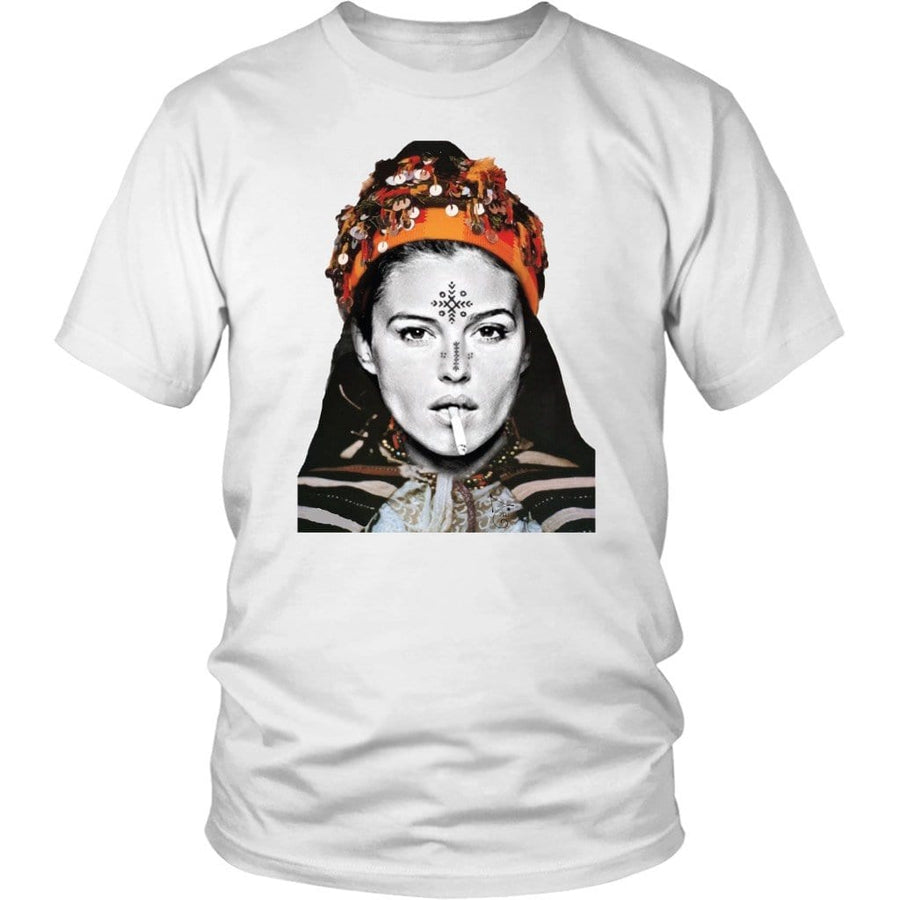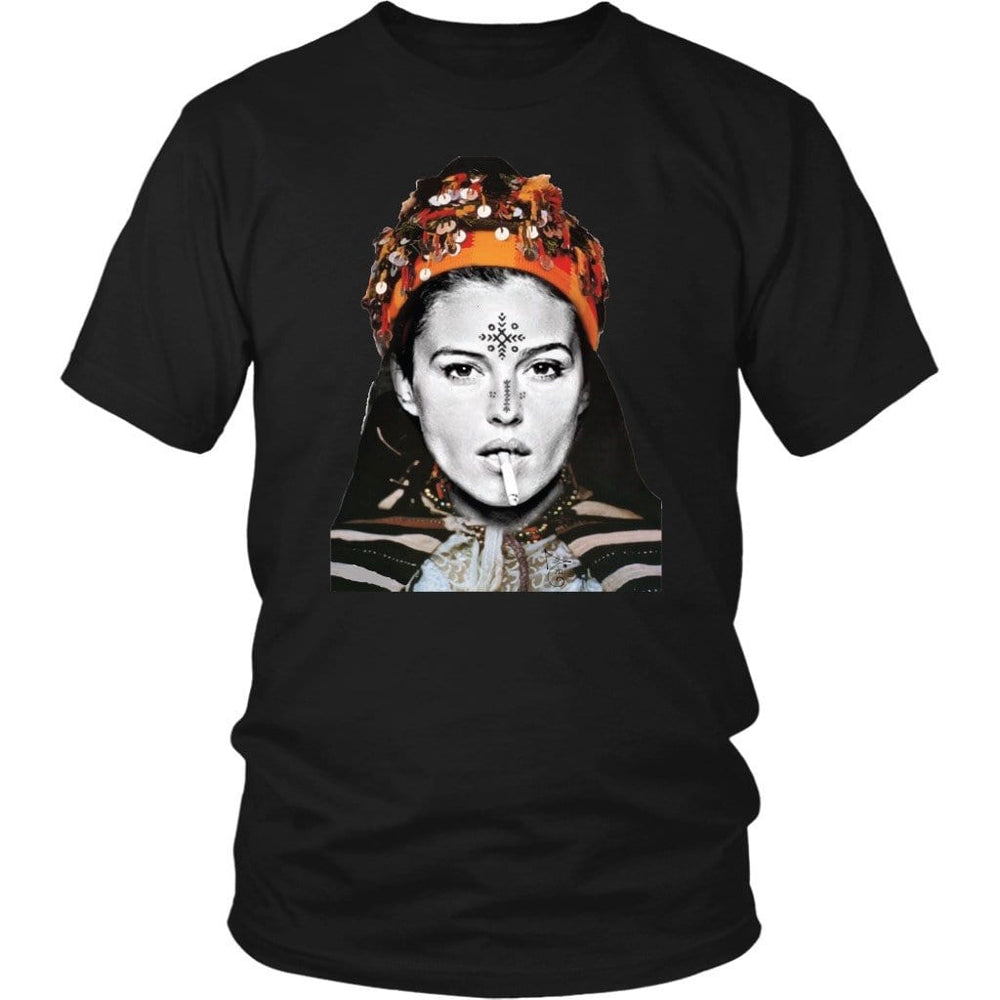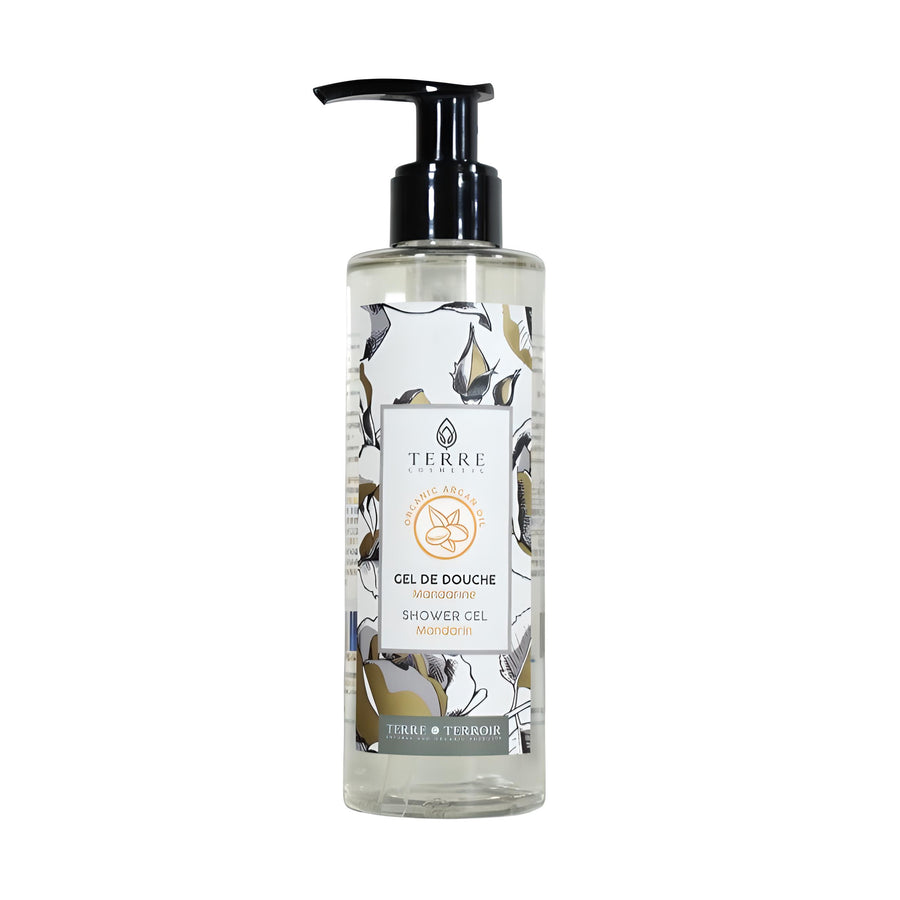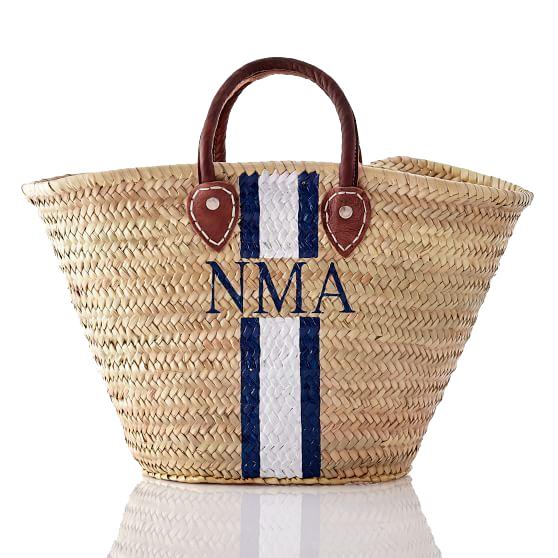The Ultimate Guide to Moroccan Craft
WHAT’S NOT TO LOVE ABOUT MOROCCAN CRAFT?
Morocco is a country that offers lots of handmade crafts. Ranging from handcarved wood to colorful ceramics and every kind of handicraft. Take a walk in the medina of any Moroccan city and the tapping of metal, the smell of leather is tanned, and the vibrant colors of dyed scarves drying in the breeze it's all of your senses.
CLICK HERE TO DOWNLOAD THE GUIDE IN PDF

Morocco is a haven for traditional crafts and the workmanship is first class. Here are just some of the items to look out for in the souks and museums. If you can't take a walk in the Moroccan souks to shop handmade Moroccan Craft, MyTindy got you covered!! We can bring Morocco to your doorsteps. Take a walk in our website mytindy.com and discover a digital souk of 100% handmade Moroccan goods. We are sure you will enjoy it!
Moroccan carpets are famous around the world. In the West, the tightly woven Berber rugs found in modern homes, cafes, and offices.
One of the most popular carpets in the West is called the Beni Ourain which is typically made of sheep’s wool and comes from the region of the Middle Atlas between Khenifra and Taza where you will find the many variations of carpets. Beni is an Arabic word that translates to ‘son of’ or people/tribe/kin, and the close proximity to which these tribes live means that their carpets are somewhat similar with subtle differences in design elements and color.
A variety of carpets, from the more urban, with the luxurious central motifs of Rabat, to the more rustic Berber carpets from the High Atlas, with the geometric, dense, and colorful designs of Taznakht (yellow background and red, green, and white subjects) as well as those of Zayane, with the hanbals (finer woven carpets) from the same region.
You can find so many traditional designs and colors available from Morocco on mytindy.com. To learn more about Moroccan rugs, checkout our detailed blog about Moroccan rugs here
ZELLIGE TILES

Zellige is a style of mosaic tilework made from individually hand-chiseled tile pieces set into a plaster base. The pieces were typical of different colors and fitted together to form elaborate geometric motifs, such as radiating star patterns. This form of Islamic art is one of the main characteristics of Moroccan architecture and medieval Moorish architecture.
Zellige became a standard decorative element along lower walls, in fountains and pools, and for the paving of floors. It is found commonly in historic buildings throughout the region, as well as in modern buildings making use of traditional designs such as the Hassan II Mosque in Casablanca which adds a new color palette with traditional designs.
If you are a fan of Zellige tiles, and you want to spice up your walls with style, you can find reinvented Moroccan Zelart zellige tiles on mytindy.com
Each piece is handmade from start to finish. From the molding of the clay to the framing, everything is made with care and passion.

In Moroccan legend, the ground a potter works on is sacred and should not be taken over by another. From antique dishes created in Fez to modern tagine pots in the souks, the glazing, designs, and colors are beautiful. Take a look at the Moroccan ceramics we have on mytindy.com and have fun finding your best item to purchase!
Morocco’s souks are filled with colorful treasures, among them, a wide variety of pottery. Vases and pots, decorated with colorful etchings, sit for sale alongside tagines, the conical-shaped cooking pots typical of Moroccan cuisine.
Most Moroccan pottery design is heavily influenced by Islamic or Berber art. Intricate geometric and arabesque patterns tend to cover the entire surface of pieces, completely transforming the humble clay building materials
Learn more about the art of Moroccan pottery by reading our blog about it here
LEATHER GOODS

Leatherwork is a tradition that exists in most Moroccan cities, including Fez, Tangiers, Marrakech, Tetouan, Rabat, and Meknes. About half of the leather production comes from there. This art has been passed down for centuries to date. There are several neighborhoods with tanners at work with those colorful tanks in Marrakech and Fez. These places are quite a sight to see.
Moroccan leather is used to produce several items, including wallets, belts, bags, ottomans, and the famous slippers that give that unique serene look to a Moroccan.
Berber or Arab slippers with a thousand colors and graphics, poufs, handbags, luggage, boxes, shoes, jackets... mainly produced in Marrakech and Fez, are all offered on mytindy.com
